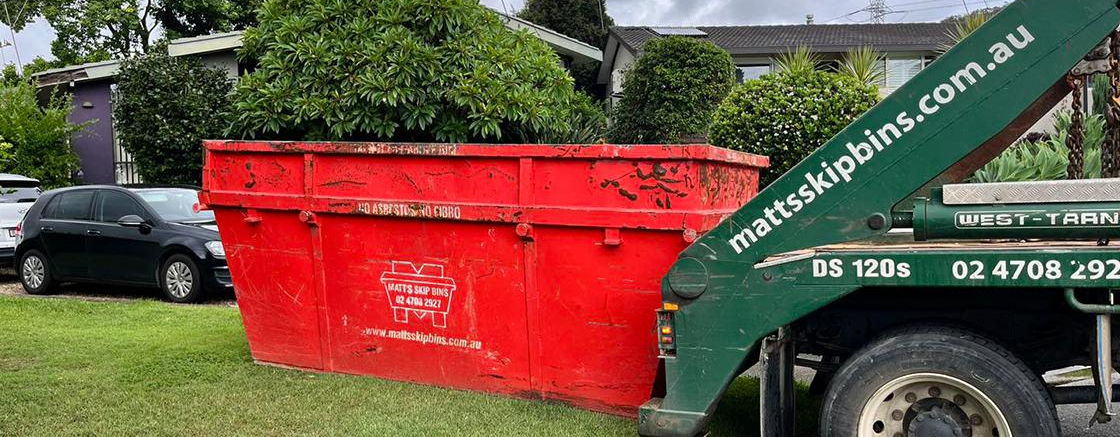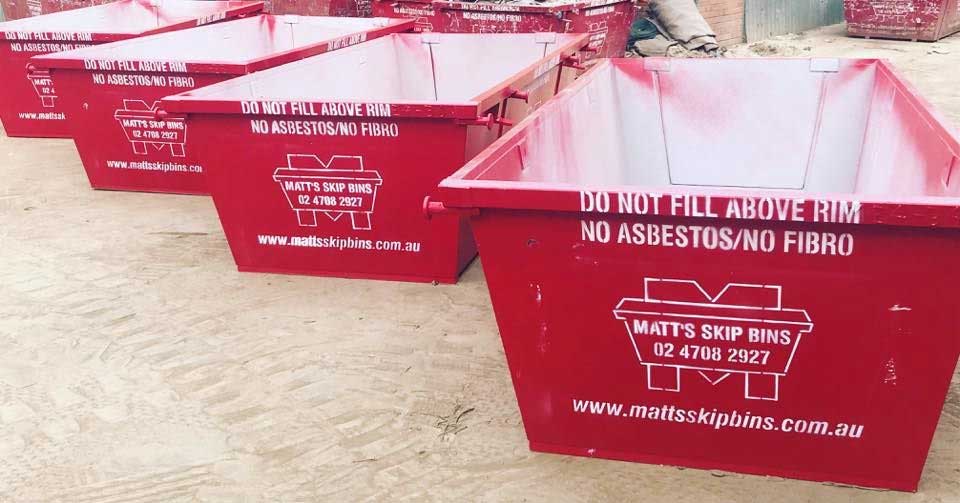
23 Oct • 5 min Read How to Run a Neighbourhood Clean-Up With Shared Bins
One of the greatest blessings of living in Australia is how clean and well-kept our country is. However, it doesn’t happen by chance. Clean Up Australia Day, where hundreds of thousands of volunteers pitch in nationwide, has played an essential role in keeping our streets and parks tidy. It’s also spawned a trend in neighbourhood clean-ups, where people come together to make a visible difference.
The central element to neighbourhood clean-ups is the humble skip bin, which plays a key role in reducing costs, saving time, and making disposal more efficient.
If you haven’t yet planned or been a part of a neighbourhood clean-up, then stick around because this article will tell you everything you need to know. Here’s a step-by-step guide to keeping your neighbourhood looking schmick.
Step 1: Plan Your Neighbourhood Clean-Up
The first step is to make a leap of faith and take control. After all, someone’s got to get the local clean-up started, and why not you? Not only will you make a difference in your neighbourhood, but you will also gain a solid reputation within the community. To get organised, a little planning goes a long way, so start by choosing a date and location that works for most of your community. The most common focus areas include parks, streets, reserves, and waterways. But if there’s a particular area that’s been bothering you, why not go for that?
Next, contact your local council or waste provider to let them know what you’re planning. Councils love the community taking initiative and will often provide support such as gloves, rubbish bags, or even extra collection services, such as recycling bins. Chances are you are going to expect a lot of rubbish.
Step 2: Organise Shared Bins and Waste Disposal

The best thing about a skip bin is that it prevents you from filling up your own garbage bins. Additionally, they handle bulkier waste and are easier to sort materials. On that note, it’s a good idea to plan for three separate waste streams:
- Recycling options
- Green waste
- General rubbish
Tip: Clear labelling and quick instructions for participants will help ensure as much as possible is recycled rather than sent to landfill. It’s also crucial to know roughly how many people will get involved so you can decide on the right bin size for your needs.
Step 3: Rally Volunteers and Promote the Event
Arguably, the most daunting part of organising clean-ups is rallying the troops. You’ll often be surprised at how many neighbours are not only willing but genuinely keen to get involved once they hear about it.
Start with simple promotion methods like posting on local social media groups, community noticeboards, or even doing a few old-school letterbox drops. Some more outgoing organisers will even door-knock, but try not to pressure anyone or put them on the spot if using this method.
Partnering with schools, sporting clubs, or even scout groups is another great way to boost numbers. You’ll also teach younger generations the value of looking after their environment. As such, make it family-friendly by encouraging people to bring kids along by setting up a small refreshment table or finishing with a barbecue. The more fun and inclusive it feels, the more likely people will be to show up.
Step 4: Running the Clean-Up Day
With your planning done and volunteers gathered, it’s time to roll up your sleeves and get your hands dirty. But safety first; begin the community event by running through a quick safety briefing and make sure everyone has gloves, dress appropriately with closed-in shoes, sunscreen, and access to water (especially if it’s a hot summer day). Provide rubbish bags or buckets, and remind participants about proper lifting techniques in case they lift heavy items.
Assigning roles can help keep things organised:
- Collectors focus on picking up litter
- Bin monitors help sort waste into the right skip or shared bin
- Coordinators keep an eye on the clean-up site progress and ensure everyone stays safe
Most importantly, don’t forget to make it enjoyable! Set up some music, offer small prizes for the most unusual find, or finish the day with a community barbecue and drinks. After all, a positive experience means people will be more likely to come back for the next clean-up.
Step 5: Post-Event Follow-Up
Continuing on with creating a positive experience, ending on a high note is just as important as the clean-up itself. Once the event wraps up, ensure all rubbish has been collected and your shared skip bins or council-provided bins are ready for pick-up. A quick check of the area helps confirm that nothing has been left behind.
This one is crucial; take the time to thank your community members and show your appreciation. This can be in person, through a group message, or a post on social media. Acknowledging their efforts goes a long way in building community spirit.
Speaking of social media, share before-and-after photos of your clean-up. Not only do they showcase the difference your neighbourhood made in just a few hours, but they also inspire others to get involved next time.
Benefits of Neighbourhood Clean-Ups
Running a community clean-up offers more than just a tidier street; it has ripple effects that benefit both people and the planet. Environmentally, every clean-up event helps reduce litter and commercial waste entering waterways, protects local wildlife, and ensures recyclables are properly sorted rather than lost to landfill.
The social benefits are just as powerful. Coming together for a clean-up strengthens relationships among neighbours, fosters pride in the local area, and can even encourage local businesses to get involved through sponsorship or by lending supplies. These collaborations build stronger, more connected communities. We even know of a couple that met through a community clean-up!
Finally, using shared bins or skip bins can significantly cut costs compared to everyone managing their own disposal. Pooling resources makes the process easier and more affordable for all involved.
Ready to Clean Up Your Community?
Have we motivated you? Are you fired up? Running a local clean-up doesn’t have to be complicated. In fact, it can be fun with some teamwork, preparation, and the right waste solution. You can create a cleaner, greener environment while building stronger connections with your neighbours.
If you’re ready to turn that energy into action, a shared skip bin service is the easiest way to keep your general waste organised and efficient. Take the first step and book a shared bin today to kick-start your next community clean-up.
FAQs
How to organise a clean-up?
Choose a date before you start recruiting volunteers. Arrange shared bins or council support and promote the event locally.
How can waste be managed in a community?
Communities can manage waste by using shared bins, recycling correctly, managing unwanted items and organising regular clean-up events.
How do you keep a neighbourhood clean?
By reducing litter, recycling properly, and encouraging residents to take pride in their surroundings.
What is a neighbourhood clean-up?
A neighbourhood clean-up is a community event where residents work together to collect and dispose of local rubbish responsibly.



